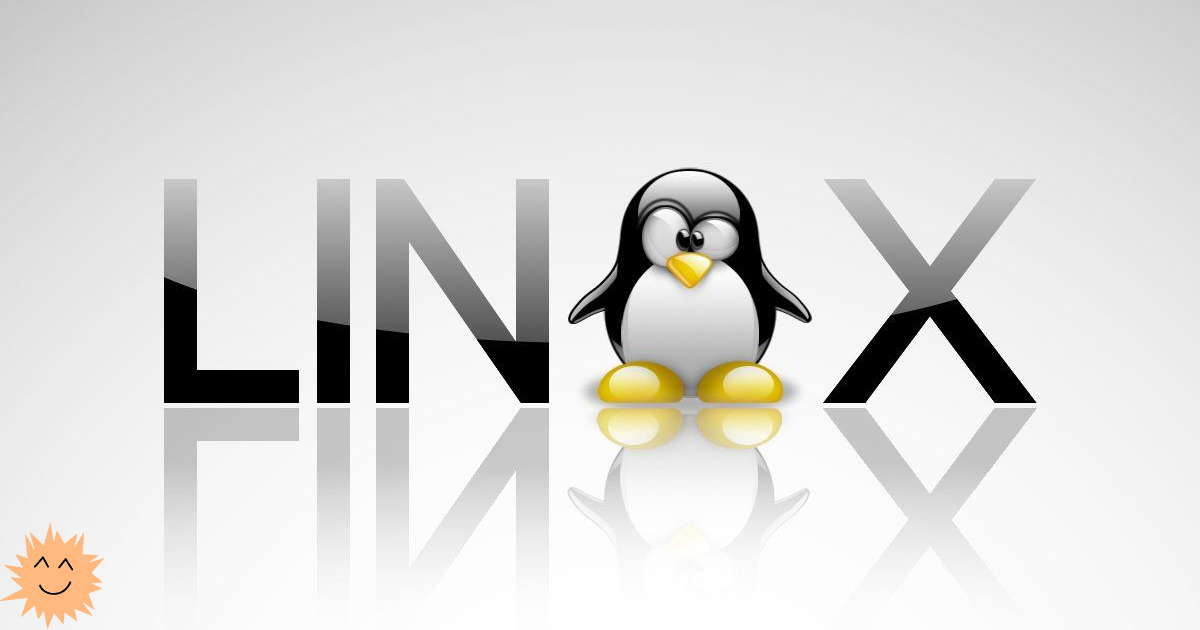
The best technology is a moving target. When technology stagnates, society tends to overtake and outgrow it. Linux, the widely used open source operating system, is a fundamental technology that underlies one of the most advanced computer system ideas today. Therefore, although it has remained remarkably unchanged over three decades of development, this OS provides adaptability. As a result, Linux is in a unique position - on the one hand, it's a solid investment in developing your skills because it doesn't change, on the other, it's a seemingly endless driving force for learning new skills.
2020 was a weird year, no matter how you look at it, but for Linux it turned out to be a continuation of the normal development cycle. In this article, we'll take a look back this year and briefly share what you need to know about Linux in 2020.
ZFS on Linux
The ZFS file system provides data and metadata integrity checks, data mirroring, support for drives up to 256 trillion yobibytes , native hardware accelerated encryption, and efficient replication. ZFS is an innovation pioneered by Sun Microsystems; unfortunately, the license prevents it from being shipped with Linux by default. However, the OpenZFS team ported the project to BSD and Linux, so you can use ZFS on any system, from laptop to data center.
Mastering ZFS is surprisingly easy on Fedora Linux; Sheng Mao demonstrated this in his article on configuring ZFS on Linux .
Linux interrupts
As close as you get to Linux, there is always an opportunity to dive deeper and figure out how it manages to do its job so well. Stock exchange computers, digital film studios, sound workstations, and other high-performance environments require real-time processing; at the same time, other computers can afford to be slightly lazy when processing requests, so managing the many loops that are constantly running inside the computer is not an easy task. Understanding how and why the Linux kernel manages interrupt requests (IRQs) may not be necessary for the average user, but it’s fun to learn regardless of what you’re doing on your computer. For more information, see Stefan Avenvedde's article "How the Linux kernel handles interrupts ".
Linux in your pocket
Since Google's Android OS runs on the Linux kernel, many of us would say that Linux is already in our pocket. However, despite its convenience, the Java frontend Android does not always convey the Linux feel that many Linux users aspire to. And some users don't have an Android phone at all.
The good news is that you can run Linux on an Android or iOS device, complete with a terminal, Bash, Python, a package manager, and whatever else you love about this open source desktop OS.
If you are using Android then read my article on Termux . And if you're on iOS, check out Lee Tusman's excellent article on running the Linux command line on an iOS device....
Linux new commands
Time advances, and sometimes the old intricate commands of the past are not enough for modern systems. Although your muscle memory could get used to the commands like
crontab, and ifconfig(and iwconfigand wpa_supplicant), there are quite acceptable substitute for them and other features. If you can't part with old commands, then check out Bash aliases , because these new commands are well worth learning.
-
ifconfignmcli. - ,ifconfigiwconfigwpa_supplicant(wicd) . Linuxnmcli, , . nmcli . - cron,
atbatch— , , , . , , : systemd. systemd, , . gcoregdb— , .gcoreProcDump Microsoft, ID (PID),gdb. , , , . ProcDump .
, Linux
Cloud technologies are racing ahead at full speed, and Linux remains their main driving force. A cloud is a collection of computers (nodes) with a massively distributed file system (for example, Ceph ), usually managed using Kubernetes or OpenShift .
As well as you know Linux on your laptop, desktop, or even a private data center, there is a whole new world to experiment with Linux in cloud containers. Mastering an ephemeral container can be challenging, but with practice and a little knowledge of the context, you can build and manage (that is, update, scale, and tune their performance) interesting systems with Kubernetes.
Kiki Liu wrote one of the best reviews on the cloud workflow in A beginner's guide to Kubernetes container orchestration . Read it and then download Chris Collins' Kubernetes eBook to build your own cloud on a Raspberry Pi cluster.
The rise of open source
Linux users enjoy the reliability and stability of this OS, and this is the principle of the system architecture it borrowed from Unix: the operating system can remain the same, while expanding its boundaries and mastering new types of technologies. Part of the fun with Linux and open source is the sense of exploration that comes from learning a new team, and the sense of success when it works out and makes your life easier. Check out the latest Linux trends and start learning something new today!
Advertising
VDSina offers virtual servers for any task, a huge selection of operating systems for automatic installation, it is possible to install any OS from your own ISO , a convenient proprietary control panel and daily payment.
